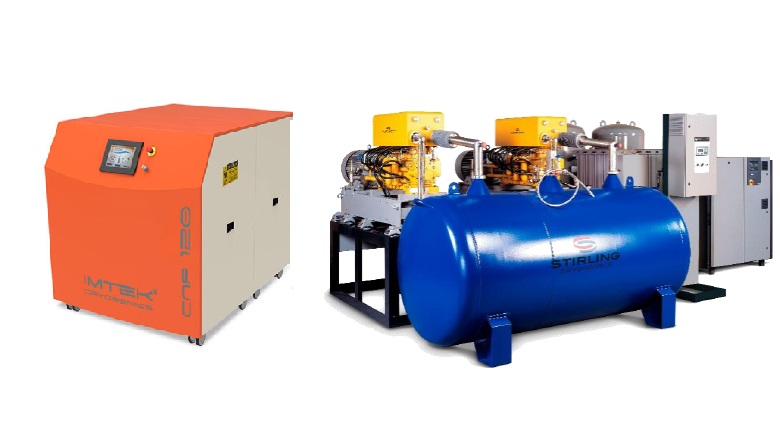Solvent evaporation occurs routinely in nature when water gains energy, often as heat, and transitions from a liquid state into a gaseous one. Thermal molecular agitation is what underlies this change, hence you apply heat to water and molecules with energy in excess of the thermodynamic potential escape from the water surface as water vapour. The same principles apply to laboratory and process-based solvent evaporation, but it isn’t always expedient practical? or possible to simply heat solvents to the point of evaporation. So, what methods do chemists typically use instead?
Two effective methods of complimenting, or replacing, heating from solvent evaporation processes are the addition of mixing and the induction of vacuum conditions. These techniques either increase amount of energy introduced into the system or reduce the energy threshold of evaporation. This blog post will outline a few different combinations with specific product examples you might consider for different applications.
Methods of Solvent Evaporation
- Rotary Evaporation: A rotary evaporator is utilized when solvents need to be removed in a controlled and careful fashion. The process of rotary evaporation works by rotating a solvent under a vacuum to increase the surface area, reducing the pressure to lower the solvent boiling point and heat the solution. The process reduces the chance of bumping and allows for gentle evaporation.
- Tube Evaporation: The tube evaporation process involves evaporating solvents from parallel tubes. It is a fast and efficient method which limits the risk of solvent bumping. Tube evaporation allows for concentration of high boiling solvents without heating them to high temperatures. These solvents include DMSO, DMF and water.
- Centrifugal Evaporation: Centrifugal evaporators are utilized when several different liquid solvents need to be evaporated at low temperatures. A vacuum pump is used to support solvent boiling to remove solvents from the samples; however, due to this occurring under a vacuum, the samples are cold. One of the benefits of centrifugal evaporation is that the solvent boils from the surface downwards, reducing the chances of solvent bumping. Surface-down boiling reduces the risk of cross-contamination and loss of samples.
Looking to buy?
If you are looking to purchase a new evaporator for your lab, we have a wide range of scientific instruments available. Based on the methods of evaporation mentioned above, we provide the following products:
Rotary Evaporation
We offer several rotary evaporators to suit a range of applications. Some can be customized depending on your needs; others are available in different sizes and configurations. Available products for solvent evaporation include the following:
- IKA Rotary Evaporator RV 10 Digital V-C: Supplied with a universal heating bath, outstanding safety features and the option to connect digitally, the RV 10 enables fast heat-up times and delivers reliable results.
- Buchi R-300 Rotary Evaporator: Manufactured to the highest expectations in terms of versatility and convenience. The R-3000 has plenty of customizable features and comes with an integrated system.
- STRIKE Rotary Evaporators (20L and 100L): Suitable for various processes carried out in chemistry laboratories and comes with numerous customization options.
Tube Evaporation
We have a range of tube evaporators that allow fast, effective solvent evaporation without solvent bumping.
- Smart Evaporator: An instrument for single position evaporation that can hold taller tubes, with a 360o view container.
- DrySyn Spiral Evaporator: Allows scientists to evaporate tubes directly in parallel and is ideal for concentrating high boiling solvents.
Centrifugal Evaporation
Our range of centrifuges have a variety of benefits, from easy programming options and silent operation, to high maximum speeds and effective use of space via compact designs. Within our range, you should find a centrifuge available for various applications, including solvent evaporation.
- AFI LIA Labo Ventilated Centrifuge: Can contain 12 tubes and is frequently used to centrifuge urine and blood samples.
- Grant LMC – 3000 Desktop: Suitable for a range of analytical applications.
If you would like to make a purchase or require any additional information about our products used in solvent evaporation, please don’t hesitate to contact us and we would be happy to assist.




